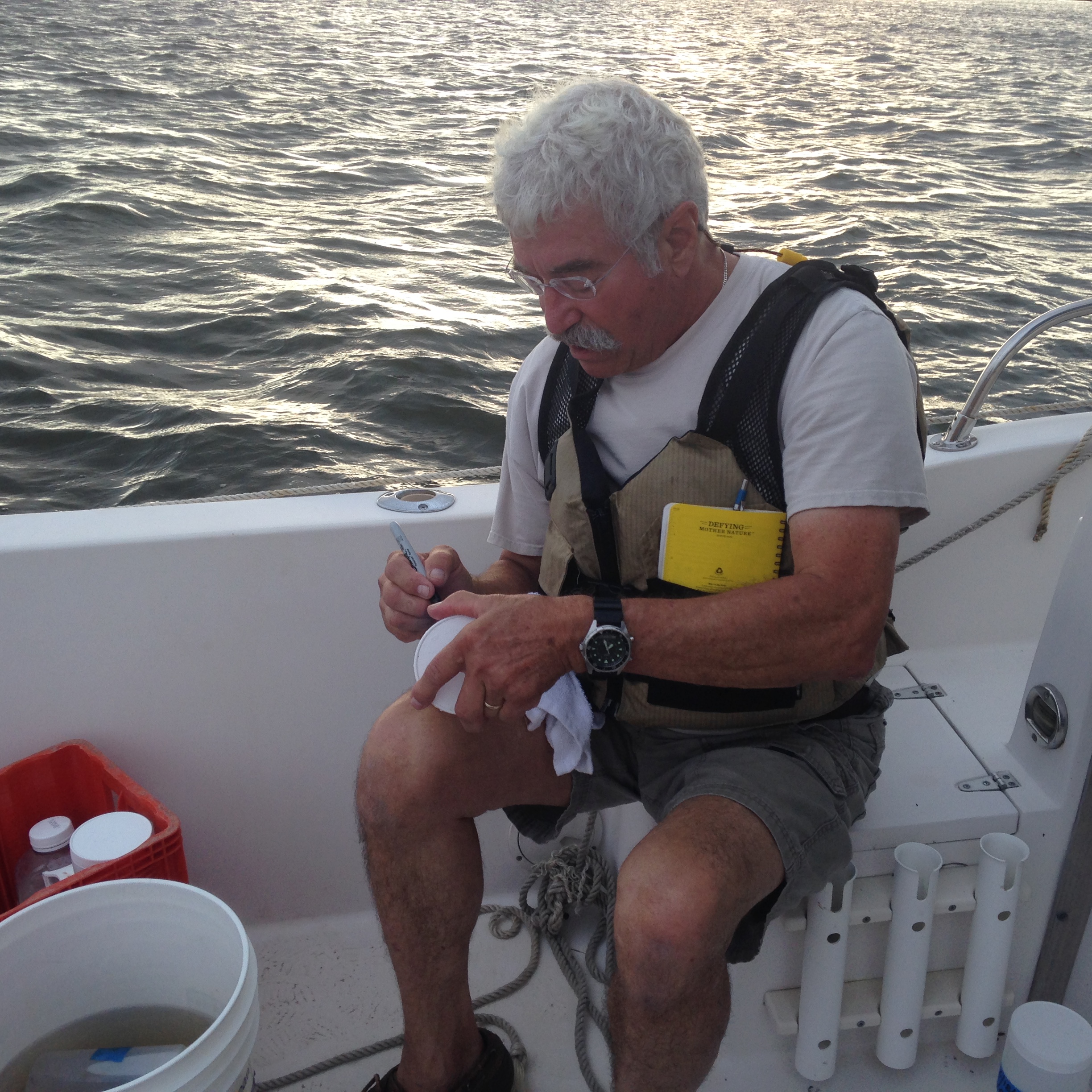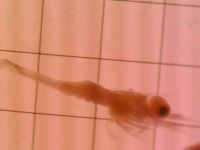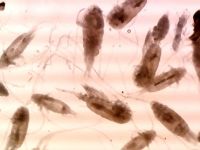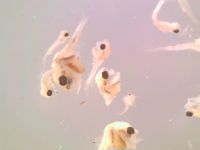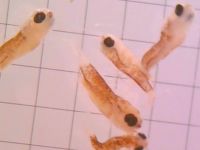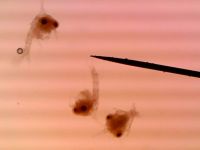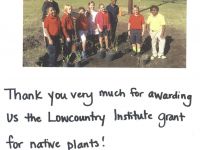Land Preservation
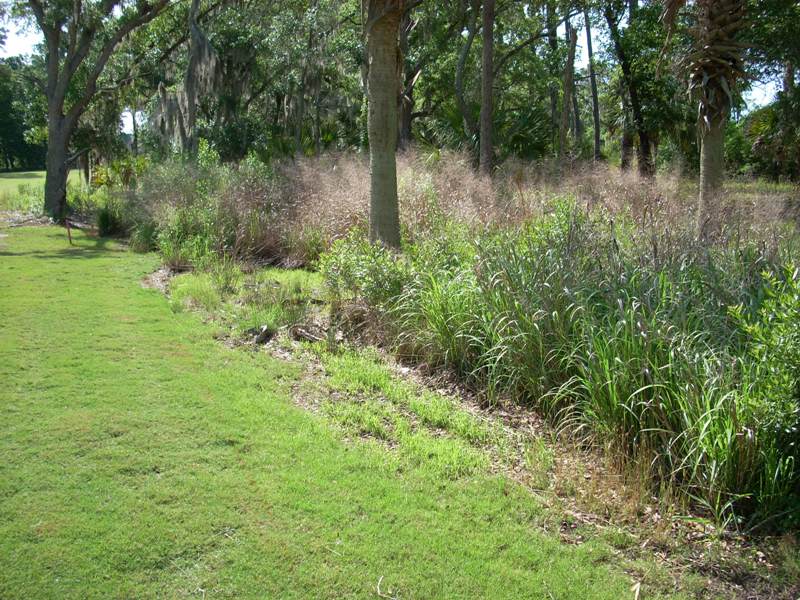
The LowCountry Institute has helped private landowners in the Low Country develop conservation-based management programs. For previous clients, we have mapped habitats using GIS and GPS technology, surveyed for rare species, and suggested management options. Because of our experience working at the wildland-urban interface, we offer an additional approach to compliment traditional advice from wildlife or forestry consultants. For example, we have helped local golf courses identify ways they can improve their wildlife habitat in the out-of-play areas, while lowering maintenance costs.
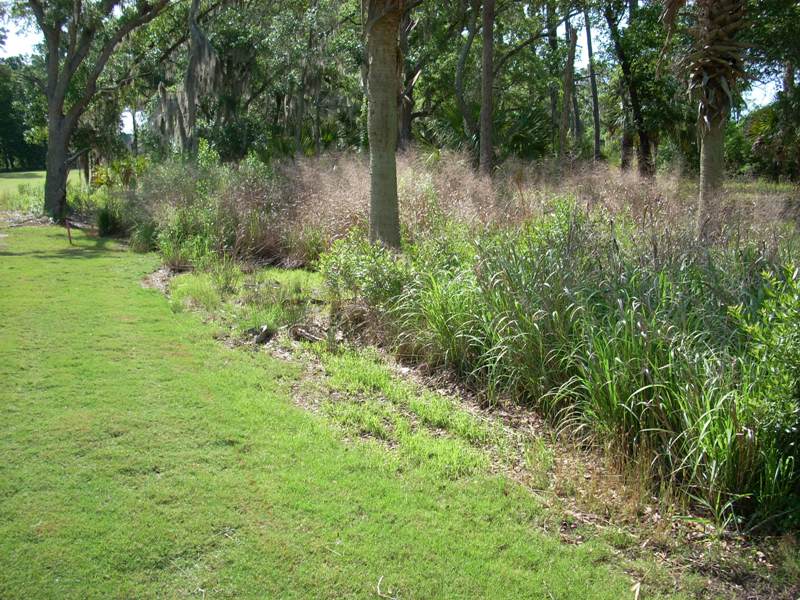
We have assisted Beaufort County and the Open Land Trust in creating conservation-based plans for public parks. In 2009, we partnered with the SC Forestry Commission to restore prescribed fire to Widgeon Point, a magnificent property located along Hwy 170. We are working to establish a native ecosystem that can provide habitat for local wildlife and recreation opportunities for regional residents.
